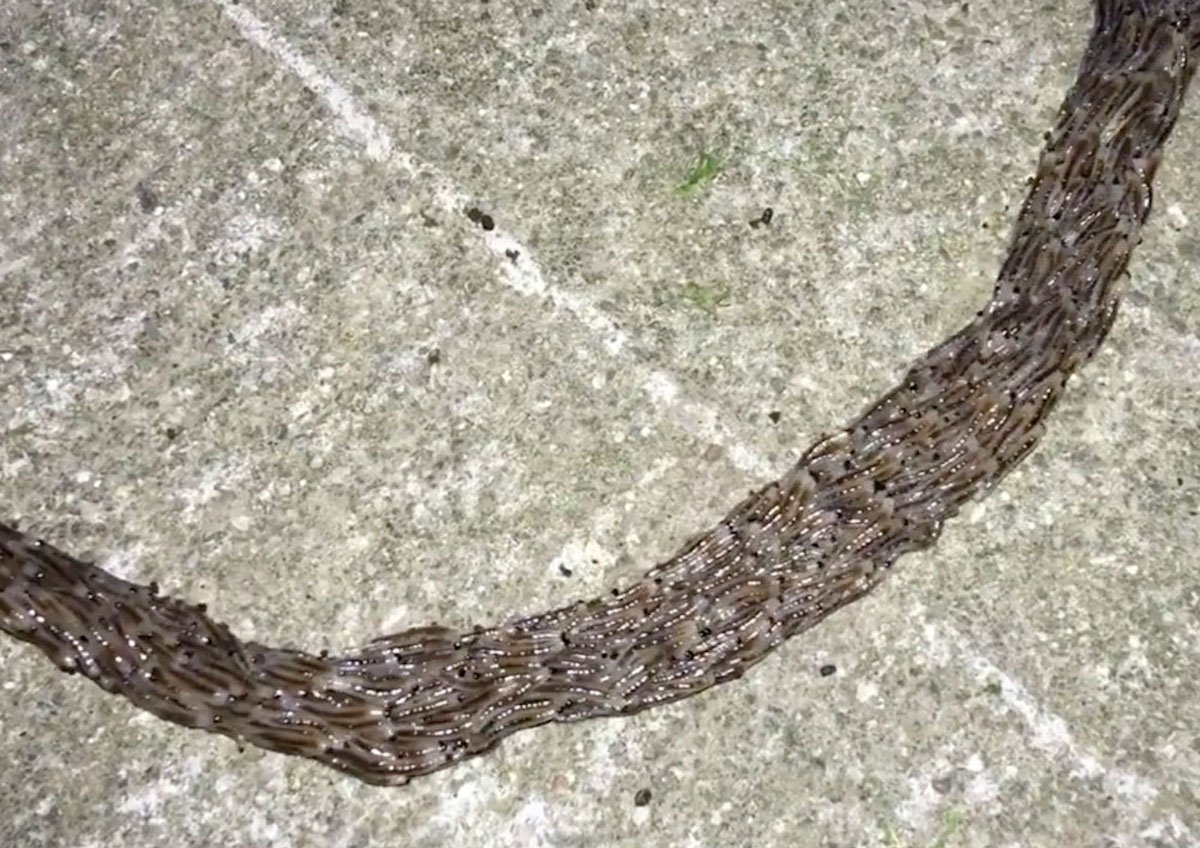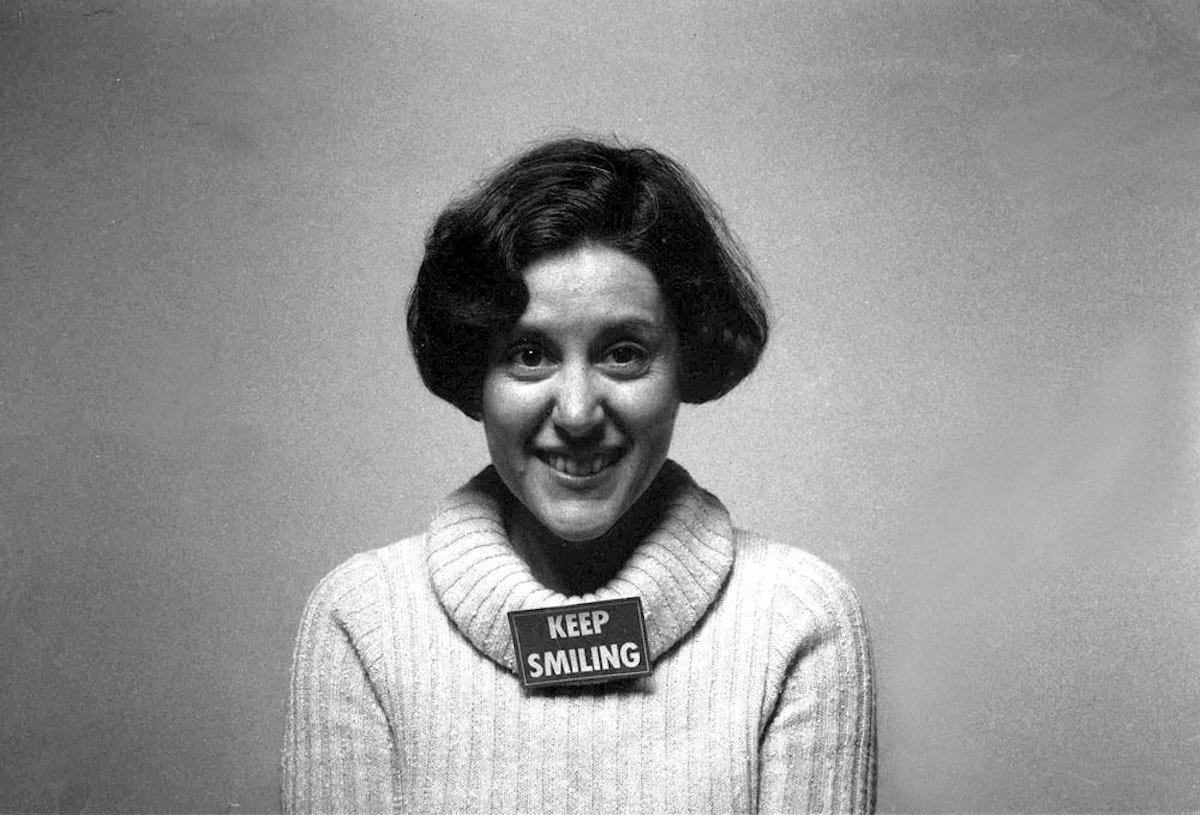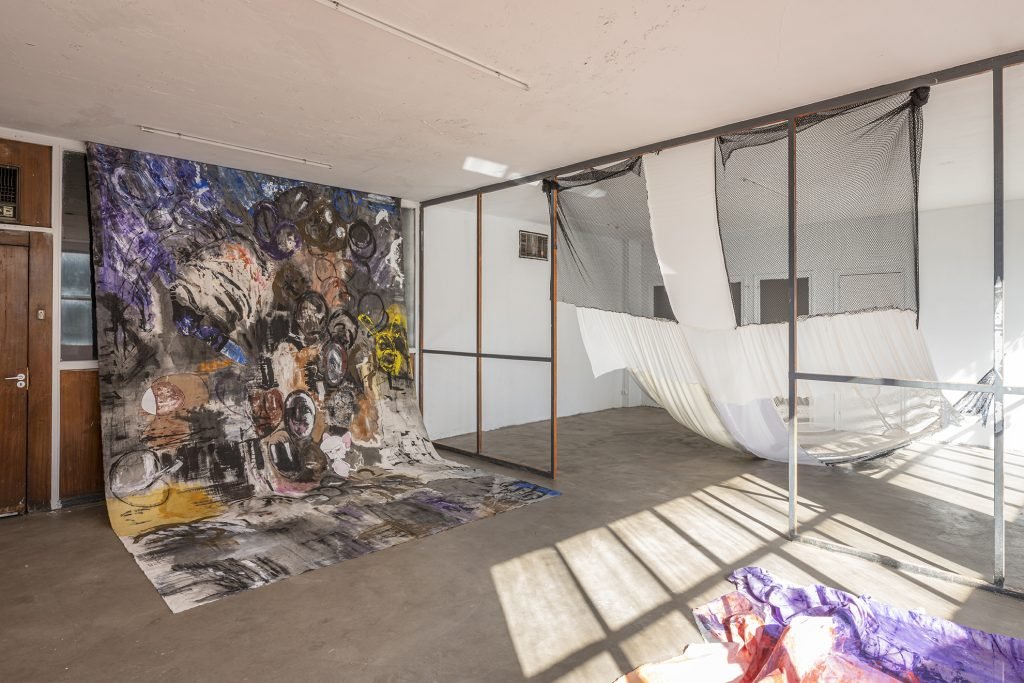Barcelona, a stroll through some strata of the contemporary
By MARTA SESÉ | 2 SEP 2022
Standard, Satellite, Relief, Public Transport, Traffic, 3D; to mention just some of the layers offered by the most widely used mapping service in the world. The city as cartography and, now more than ever, cartography as a fragment, as a multilayer that welcomes and proposes diverse languages and symbols to locate us, while it also watches over us, conditions us, suggests to us and obliges us. By September, there could well be another layer that brings together the different artistic proposals that will take place in Barcelona and, why not, a navigation that allows us to formulate different routes, perhaps by location (Hospitalet, Eixample, Trafalgar...), perhaps by discipline (sculpture, painting, photography - one is always impoverished in this layer), perhaps by poetics, by politics or by stimulating a real emotion in us.
Be that as it may, it is true that —as in other cities such as Valencia or Madrid— the start of the contemporary art season takes place in September in Barcelona, renewing or enriching the proposals in galleries, institutions and independent spaces through diverse activities. The sector finds itself with its batteries recharged after the holiday break and ready to welcome the local, national and international audiences, which is especially attracted by the Barcelona Gallery Weekend (from 15 to 18 September) and its programme. A particular crossroads in which the efforts of the public and private sector come together and that, here, we will approach from a subjective and fragmentary layer, if there is another way of experiencing the cartography that we mentioned earlier.
Layer I. On the subtext of the signal and the image
It is precisely to the underground layer and its signage that Francesc Ruiz's artistic proposal Diversión (Fun) in etHALL transports us. As part of his research into the identity of the city and distribution systems, Ruiz takes as his starting point the extraordinary signage installed on line L5 of the Barcelona Metro due to the closure that occurred during the month of August between the metro station of La Sagrera and El Carmel. This signage, designed as a visual communication campaign, was intended to redirect the flow of users towards alternative routes. Emphasising these devices might lead us to think of the term "information architecture" which, in 1976, the architect Richard Saul Wurman decided to use as the title of the central theme of his lecture at the American Institute of Architects. Wurman was interested in the interaction that took place between people, their urban environment and the media that could transmit information from these environments to architecture professionals, engineers, tourists and citizens in general.
To Francesc Ruiz, the profusion of signage used on L5 reminded him of how, during the still recent pandemic, a whole new series of emergency communication protocols were put in place, continuously informing of new obligations, prohibitions and various limitations of social space. Ruiz stresses how the sophisticated design of these devices generates a certain distancing from the real, a fact implicit in all communication, but also in all ideology when it is purified for its communicative optimisation. The installation in etHALL reproduces all the signage of the detour that was in La Sagrera and brings it together in the gallery space to talk to us about the excess of mediation, the algorithmic diagrams of decision-making and the continuous succession of states of alarm; all this, through the materiality of large-format printing, stressing its capacity to construct adhesive and superficial worlds.
Not so far removed from the concept of signage or symbol which we are coming from, we find the concept of the imaginary, an idea present in two exhibitions of an institutional nature: Imágenes Vacías (Empty Images), by Oriol Vilapuig at La Virreina Centre de la Imatge; and En Movimiento (In Motion), by Goshka Macuga at the Fundació Tàpies. In the case of Oriol Vilapuig, whose exhibition is curated by the centre's director, Valentí Roma, the images function as poiesis, that is, as a trigger that produces meaning and invites us to consider the positions of those who approach. In the exhibition, deployed through eight thematic threads, there is an undisciplined, sovereign and “dispossessive” attitude towards the images, inviting the audience to relate to them without granting them a constitutive power, to recover in the gaze the capacity to read an image knowing and unlearning all the conventions and the historical weight that they might have associated with it. Goshka Macuga in En Movimiento, curated by Neus Miró, also stresses the need to critically review our way of looking and taking on narratives and narrations. The exhibition alludes to the constant circulation of images and referents based on her own and archival materials that aim to re-signify and reformulate established or inherited narratives. Macuga proposes unconventional associative readings of social and political events through the recycling of juxtaposed images and references, establishing a methodological link with the practice of the art historian Aby Warburg.
Finally, also with a work closely linked to the image and visual culture, the gallery Zielinsky —neighbour of ProjecteSD, which we will mention later—, offers the possibility of seeing the work of Vera Chaves Barcellos, a Brazilian artist born in 1938 who develops her work between Viamao and Barcelona. Since the beginning of her career, Chaves Barcellos has been interested in the re-use and re-appropriation of pre-existing images from the media, and also has a whole body of work more closely linked to the human body as landscape and its symbiotic relationship with the natural environment. The gallery proposes an exhibition of works produced from 1970 to the present day, which provide a close-up view of the artist's career and how, from different disciplines and formats, she ends up focusing on stories that have remained on the margins of historiography.
Layer II. We remain attentive
One of the values that galleries have been claiming for years —and unlike a large portion of institutions— is the fact that they offer exhibitions and cultural activities, free of charge, all year round. This is a reality whose appeal is multiplied when you realise that the work of some of the most important artists in the history of contemporary art in Spain can be seen in their galleries during Barcelona Gallery Weekend. See, as great examples, Esther Ferrer's exhibition at àngels barcelona, Isidoro Valcárcel Medina's exhibition at ProjecteSD or Susana Solano's show at the Artur Ramon Art gallery.
Under the name Poemas (Poems), àngels barcelona gallery brings together a series of works by Esther Ferrer (San Sebastián, 1937), an artist whose career is marked by performance as a guiding thread in which space and presence intervene at the same time. From the 1970s onwards she returned to plastic art through intervened photographs, installations and paintings based on the series of prime numbers. The series Poemas de los números primos (Poems of Prime Numbers) is one of Ferrer's obsessions to this day. The artist herself explains that it arose as a result of carrying out a series of works with geometric structures defined by her own subjectivity. With the idea of leaving this subjectivity aside and after a dream in which she swam in a kind of liquid made up of thousands of prime numbers, she decided to start this series where she explores the infinite number of poetic and formal combinations offered by these unpredictable numbers.
The work of one of the most important referents of Spanish conceptual art, Isidoro Valcárcel Medina (Murcia, 1937) can be seen at ProjecteSD, in an exhibition entitled Sin distancias (Without Distances). Presented as a sort of constellation (without categories, without distances), the show arises from the seventeen years of a relationship, spaced out but continuous, between the artist and the gallery. The exhibition brings together a group of twenty works, including unpublished and iconic works, which provide an insight into the artist's idiosyncratic way of working. This is a peculiarity, as Valcárcel Medina has always been reluctant to gather, in solo exhibitions, works made previously. The idea of space in the field of painting, the journey and the walk in relation to the concept of time, the idea of the city and cartography or language are some of the major themes that run through the artist's career and which can be glimpsed in the different pieces that make up the exhibition.
Cosas pequeñas y grandes: levedad y fortaleza en la obra de Susana Solano (Small and big things: lightness and strength in the work of Susana Solano) is the proposal of the gallery Artur Ramon Art, whose curatorial text is signed by Marta Llorente Díaz. The term things, present in the title, is a nod to the poet Rainer Maria Rilke, who referred to Rodin's sculptures simply as things (Dinge). As was the case with Valcárcel Medina, the exhibition by Susana Solano (Barcelona, 1946) also offers an insight into the artist's long career with works from different periods and scales. Literally "big things" that are distributed and trace lines and vectors in space, such as the work Salgados II or Philip Guston II, among others, and "small things" that are placed on display cases, resting on tables or on the walls. Iron, bronze, steel or aluminium, the materiality of Solano's pieces translates into a serene and balanced vitality, apparently open but formally closed, in which the stories that precede the works remain in the author's mind, allowing those who approach them to pour any (or no) thoughts, ideas or memories into them.
Layer III. Scattered Pearls
Among all the proposals that Barcelona is hosting at the start of the artistic season, there is also a chance to discover the activity of those independent spaces that bring not only quality but also a lot of warmth to the scene.
On the third floor of a former industrial building in the Zona Franca is located Cordova, one of the city's most stimulating art spaces under the direction of Cory John Scozzari. During September it will still be possible to visit what is the first solo exhibition of the artist Cõvco in Spain. Under the title FLY HIGH, the Cordova space —also particular for transforming and adapting in a radical way to each proposal it hosts— shows an immersive installation of canvases and large paintings that seek to refer to questions linked to belief, the sublime and the passage from life to death, in a direct homage to the migrants who come to Europe from Africa across the sea.
Not so far from the Zona Franca, in Hospitalet de Llobregat and close to etHALL —the gallery mentioned above— we also find two private spaces: Dracul·la (the studio of the artists Mònica Planes and Alex Palacín that —at different times of the year— becomes an exhibition space at the service of other artists) and Raccoon Projects (the latest exhibition space that has opened in Barcelona and whose programme is curated by Margot Cuevas). At Dracul·la, after having been able to see the collaboration between weecolors and Dagmar Bosma during the summer months, at the end of September we will have the opportunity to approach the work of Ana Martínez Fernández. On the other hand, at Raccoon Projects, which began last July with a stimulating proposal by Mariona Berenguer on the theme of desire, we will be able to see the work of Milena Rossignoli, which will open on 24 September.
MARTA SESÉ is a curator, editor and art critic, currently based in Barcelona, Spain.








